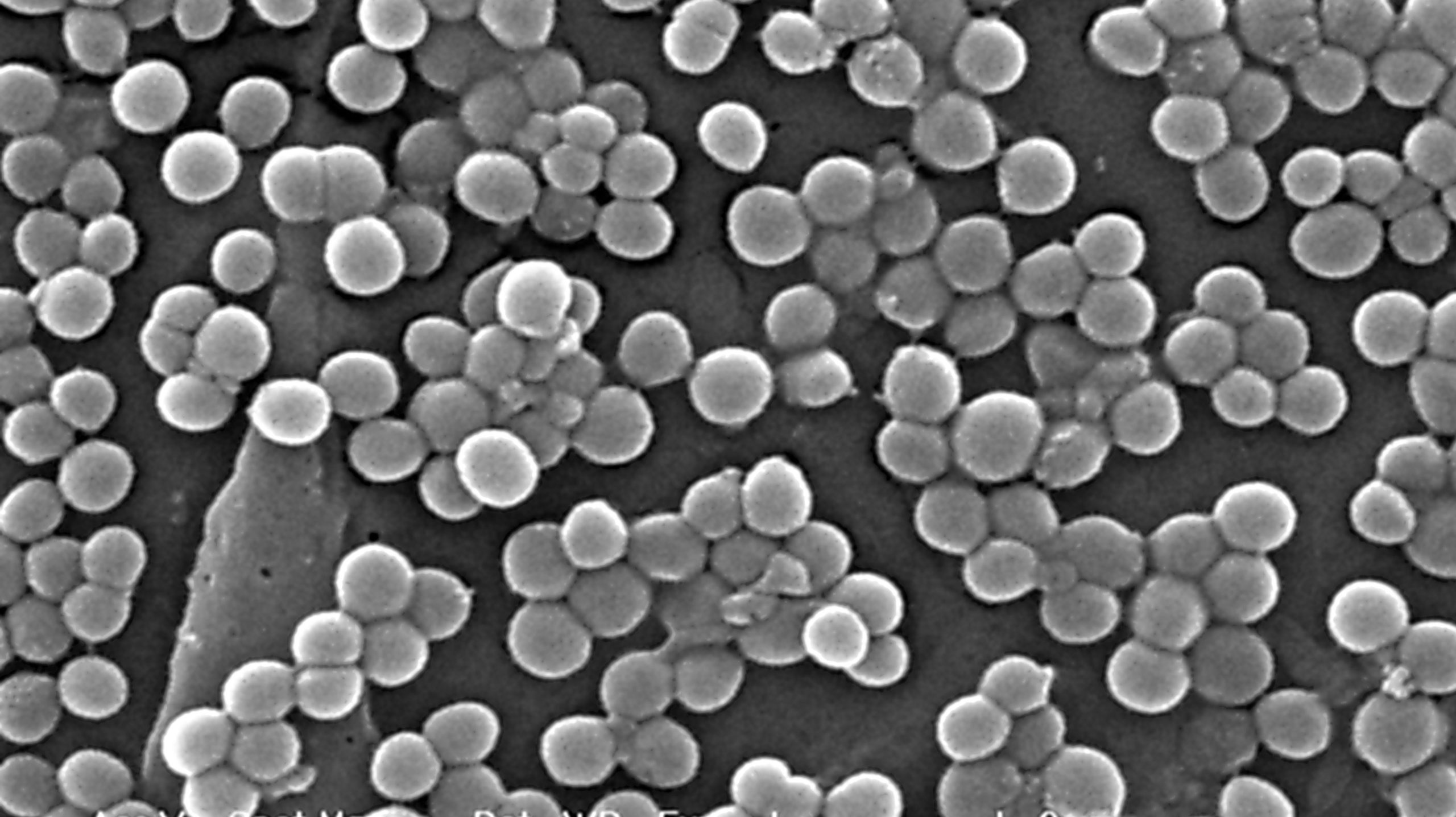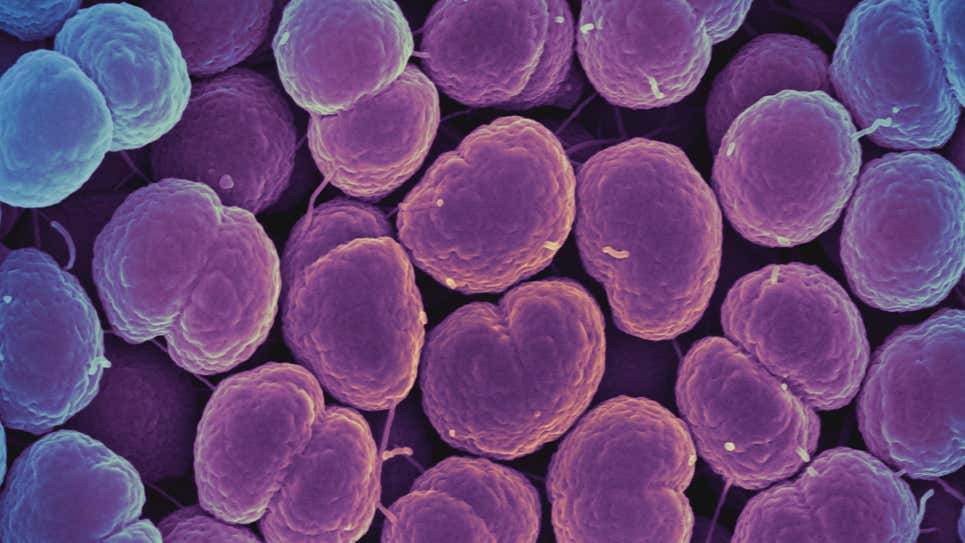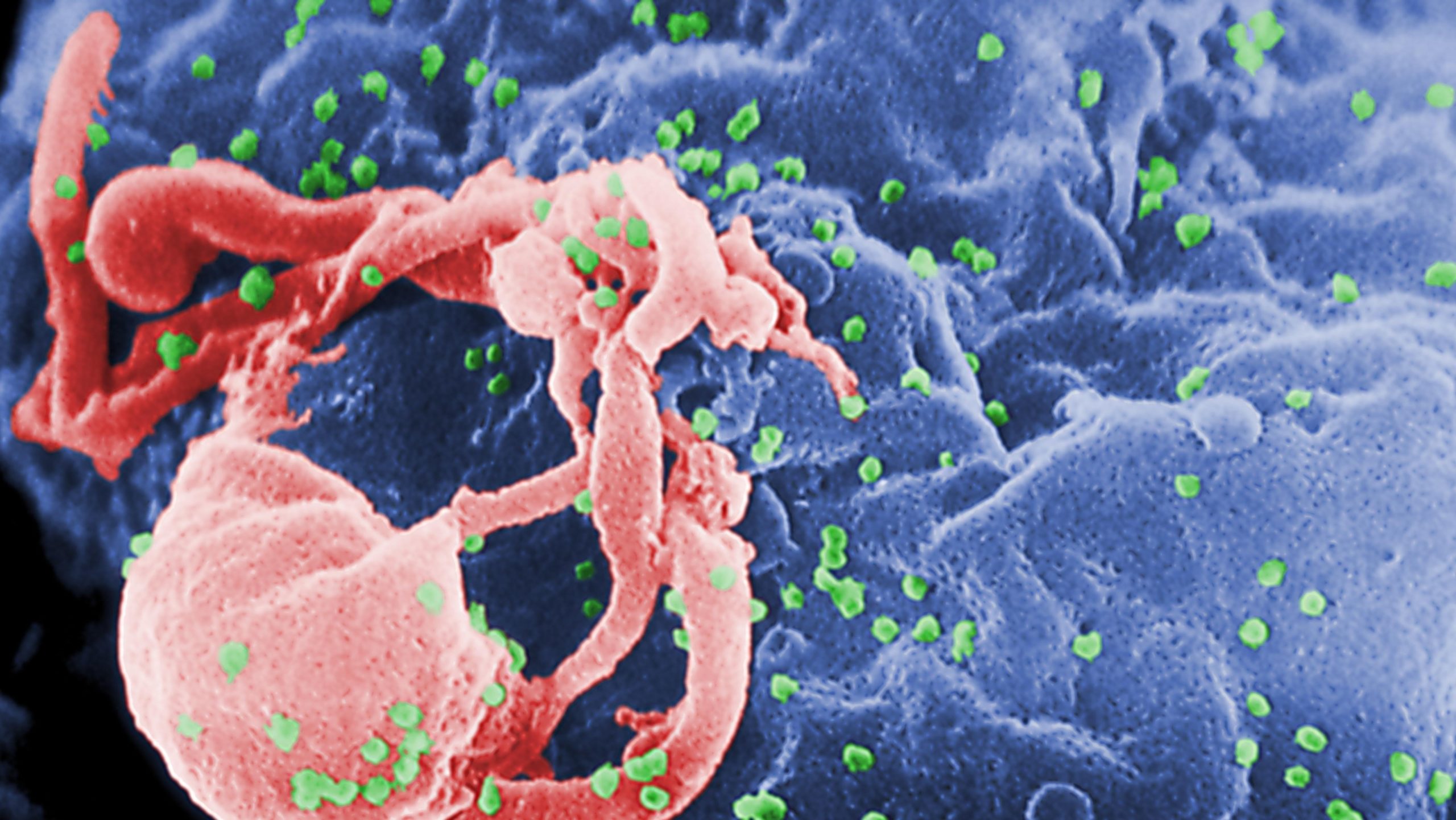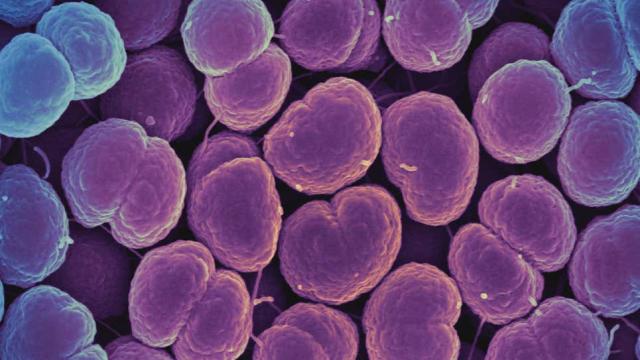Just has humanity has learned to fight off pathogens — through strategies like sanitation and medicine — those pathogens are learning to fight back. Some infections are now getting harder to treat, as many microbes have evolved ways to survive the drugs that previously vanquished them with ease. According to a recent study, antibiotic-resistant bacterial infections contributed to the deaths of nearly 5 million people worldwide in 2019. But it’s not just bacteria that are becoming resistant; some viruses and fungi have also become harder to treat in recent years. Here are five of the most concerning superbugs sickening people now.
Candida auris

Candida auris is a type of yeast infection (yeasts are microscopic fungi) only discovered in 2009, though it’s likely to have existed in the wild much longer than that. Many people can carry the fungus without trouble, but it can quickly spread and become a deadly blood infection in people who are already sick, which is why it’s a serious threat in hospitals and other health care settings. The hardy microbe is difficult to eliminate from the body once it sets up shop, and it can easily colonise surfaces inside a patient’s room, requiring meticulous disinfection.
It wasn’t long after doctors first discovered C. auris that they began to see cases that were resistant to one or more common antifungal drugs. But the situation is getting worse. Not only is the fungus spreading to more parts of the U.S. and the world, but in 2021 the U.S. reported its first locally transmitted cases resistant to all known classes of antifungals.
Staphylococcus aureus

S. aureus has been a poster child of drug resistance, particularly methicillin-resistant S. aureus, or MRSA. MRSA bacteria are resistant to a variety of antibiotics, including those related to penicillin, and they were one of the first superbugs to receive widespread public attention in the 1990s.
While the threat of drug resistance has grown over time, rates of MRSA and other hospital-related superbugs did appear to be on the wane across U.S. hospitals in recent years, the result of formalized infection control programs in these settings. But as with so many things, the pandemic has made the problem worse.
Last fall, a study from the CDC found that the rate of healthcare-associated infections, which are often drug-resistant, rose in 2020. This rise largely came from the pressure placed on hospitals during the pandemic, with MRSA being no exception. The rate of MRSA in hospitals rose by 34% during the fourth quarter of 2020 relative to 2019, for instance, after having declined in the first quarter.
It’s possible that once the pandemic is over, MRSA will go back on the decline. But with the U.S. once again facing a surge of covid-related hospitalizations and deaths, it’s likely not happening yet.
Gonorrhea

Gonorrhea is caused by the bacteria Neisseria gonorrhoeae. And though it may cause no symptoms in many people who contract it, it can lead to long-term complications like infertility if left untreated. And that’s getting harder to do.
In 2018, UK health officials alerted the world that they had found the first known case of gonorrhea heavily resistant to the two frontline drugs used to treat it — an event that many experts had been expecting to happen. We’ve since seen similar cases reported, including another one from the UK in December.
Though gonorrhea is rarely life-threatening, it may be one of the first infections to become widely pan-resistant, a term for infections that are simply untreatable with the drugs we have available. Not all hope is lost, of course. There could be vaccine for gonorrhea in the near-future, along with newer treatments to replace the ones that have lost their potency. But this more optimistic future isn’t guaranteed.
HIV

Big picture, there’s reason to be optimistic about HIV. The annual rate of new cases and HIV-related deaths has steadily declined worldwide and in the U.S. over the years, thanks to dedicated treatment and prevention programs. Current treatments now allow those living with HIV to live as long as everyone else, even to the point of no longer being contagious. And there’s a real chance that the HIV epidemic as we know it could end within the next decade.
Unfortunately, global progress toward this goal has been unsteady as of late, in part due to the disruptions caused by COVID-19. Another challenge we’re starting to face is the emergence of antiviral resistance. According to the World Health Organisation, about 10% of new cases have a form of HIV resistant to the NNRTI drug class of antivirals, which are often front-line treatments.
For now, this resistance is a manageable concern. Other antivirals remain highly effective, and it’s already common practice to use a combination of drugs to limit the risk of resistance. Making sure that new patients can afford to keep taking antiviral treatment will keep the problem in check as well. But it’s a good reminder that the HIV epidemic will not end on its own quietly, and that we have to be ever vigilant against it.
Salmonella

Superbugs tend to appear and prosper in settings like hospitals, aided by the constant exposure to antimicrobials that can lead to their emergence. But we’re increasingly seeing them show up in the community, too, including in the food we eat.
There are many different species of Salmonella bacteria, only some of which cause any harm. Certain species of Salmonella, like those responsible for typhoid fever, can cause life-threatening illness. But in the U.S., most cases are caused by non-typhoidal Salmonella. These infections can cause painful, though usually short-lasting, bouts of food poisoning.
Last June, a study found that drug-resistant infections of non-typhoidal Salmonella in the U.S. have steadily risen since the early 2000s. Based on surveillance data, they estimated that the annual incidence of these infections rose by 40% from 2004 to 2016.
Most cases of Salmonella will come and go without the need for antibiotics. But these milder infections can rarely become a more serious illness that requires urgent care, moreso in the very young and immunocompromised. So the resistance we’re starting to see in these bacteria is poised to become a growing problem. Currently, Salmonella is thought to cause 1.2 million cases of food poisoning in the U.S. annually, along with 500 deaths.
